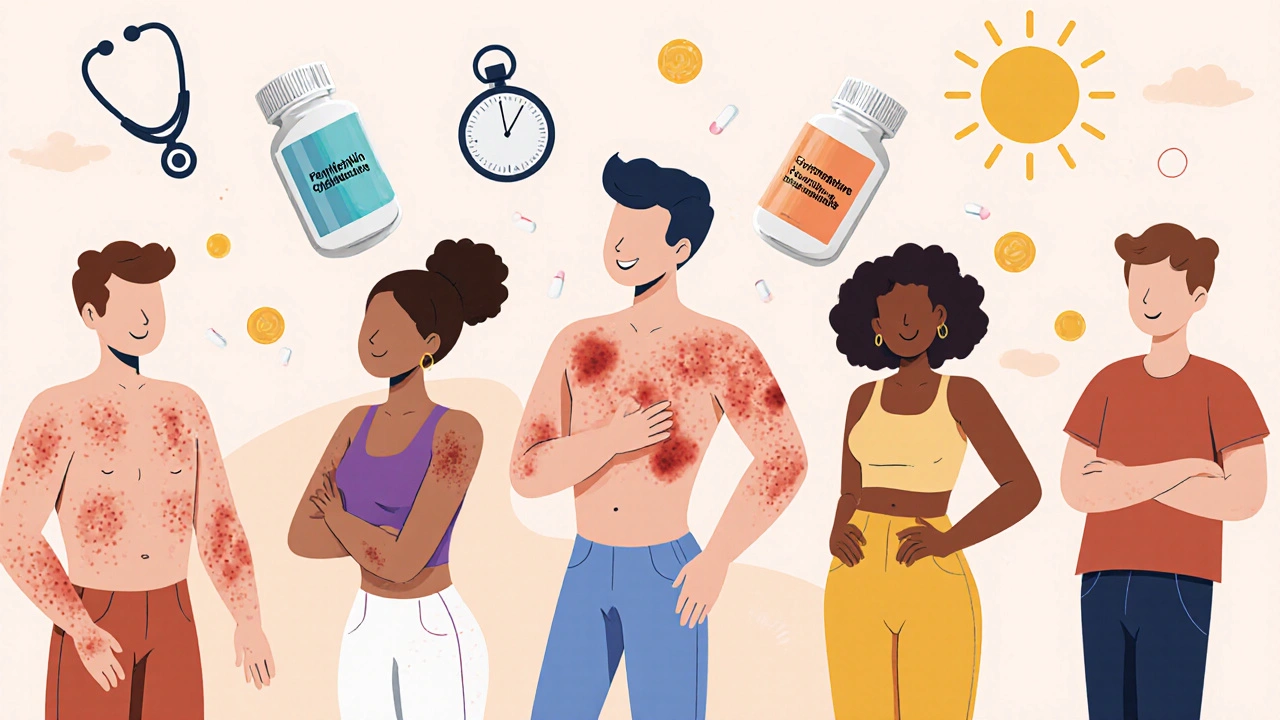 22
Nov,2025
22
Nov,2025
Drug Rash Risk Calculator
Assess Your Risk
Risk Assessment
Emergency Warning
Check any symptoms that match your condition:
Almost everyone has taken a pill and later noticed their skin started acting up. Maybe it’s a few red bumps, an itchy patch, or a rash that spreads slowly. You might think it’s just dry skin or a bug bite. But if you started a new medication recently, it could be something more serious: a drug rash.
Drug rashes aren’t rare. About 2 to 5% of all adverse reactions to medications show up on the skin. That means if you’re taking even one prescription, you’re not immune. And if you’re on five or more drugs - which is common for older adults or people with chronic conditions - your risk jumps to 35%. Most of these rashes are harmless and go away once you stop the medicine. But some can be life-threatening. Knowing the difference could save your life.
What Does a Drug Rash Look Like?
There’s no single look for a drug rash. They vary wildly depending on the drug, your body, and how your immune system reacts. The most common type - making up 90% of all cases - is a morbilliform rash. It looks like measles: small, flat, red spots that appear symmetrically on your chest, back, arms, or legs. They usually show up 4 to 14 days after starting a new drug, but sometimes they appear even after you’ve stopped taking it. Itching is common, but you usually don’t feel sick otherwise.
Then there’s urticaria, or hives. These are raised, red, itchy welts that come and go within hours. If they appear within an hour of taking a pill, it’s likely an IgE-mediated allergic reaction. These can be scary because they sometimes come with swelling of the lips or tongue, or trouble breathing. That’s an emergency.
Another type is nummular dermatitis. These are coin-shaped, red, scaly patches that often show up on the arms or legs. They’re easily mistaken for eczema, especially if you’ve had it before. But if you started a new antibiotic or diuretic right before the patches appeared, it’s probably drug-induced. And unlike regular eczema, these clear up in 4 to 8 weeks after stopping the medicine.
The most dangerous rashes are rare - less than 2% of all drug rashes - but they demand immediate action. Stevens-Johnson Syndrome (SJS) and Toxic Epidermal Necrolysis (TEN) cause the top layer of your skin to blister and peel off, like a severe burn. Your mouth, eyes, and genitals can be affected. Mortality rates for SJS are 5-15%, and for TEN, they rise to 25-35%. If you notice skin peeling, mouth sores, or a red, painful rash that spreads fast, go to the ER right away.
Which Medications Cause Rashes?
Any drug can trigger a rash. But some are far more likely than others. Penicillin and other antibiotics are the biggest culprits - responsible for 10% of all drug rashes and 80% of severe allergic reactions. Sulfa drugs, anticonvulsants like carbamazepine and phenytoin, and allopurinol (used for gout) are also high-risk.
Non-steroidal anti-inflammatory drugs (NSAIDs) like ibuprofen and naproxen cause rashes too, but usually not from an allergy. These are often direct irritant reactions, meaning your skin just doesn’t tolerate them. That’s why people with asthma or nasal polyps often react badly to NSAIDs - it’s not immune-related, it’s a chemical sensitivity.
Some drugs cause rashes only when you’re in the sun. These are called photosensitivity reactions. Doxycycline, ciprofloxacin, and hydrochlorothiazide are common offenders. If you start a new medication and then get a bad sunburn after just a little time outside, that’s a red flag.
And then there’s DRESS - Drug Reaction with Eosinophilia and Systemic Symptoms. This isn’t just a skin problem. It’s a full-body reaction: fever, swollen lymph nodes, liver or kidney trouble, and high levels of eosinophils (a type of white blood cell). It shows up 2 to 6 weeks after starting the drug. Antiepileptics cause about 80% of DRESS cases. If you’re on carbamazepine and develop a rash after three weeks, don’t wait - get checked.
Why Do Some People React and Others Don’t?
It’s not random. Genetics play a huge role. People of Southeast Asian descent who carry the HLA-B*1502 gene are 1,000 times more likely to develop SJS from carbamazepine. Han Chinese with HLA-B*5801 have a 580-fold higher risk of a deadly reaction to allopurinol. That’s why some doctors now test for these genes before prescribing certain drugs - especially in high-risk populations.
Other factors matter too. If you have a viral infection like Epstein-Barr (mononucleosis) or HIV and take an antibiotic like amoxicillin, your chance of a severe rash goes up 5 to 10 times. The same goes if you’re on chemotherapy or have a weakened immune system - your risk is 3 to 5 times higher.
And here’s something many don’t realize: you don’t need to have taken a drug before to react to it. Trace amounts in food or the environment can sensitize your immune system. So your first reaction might happen on your third or fourth dose - even if you’ve taken the same pill before without issue.
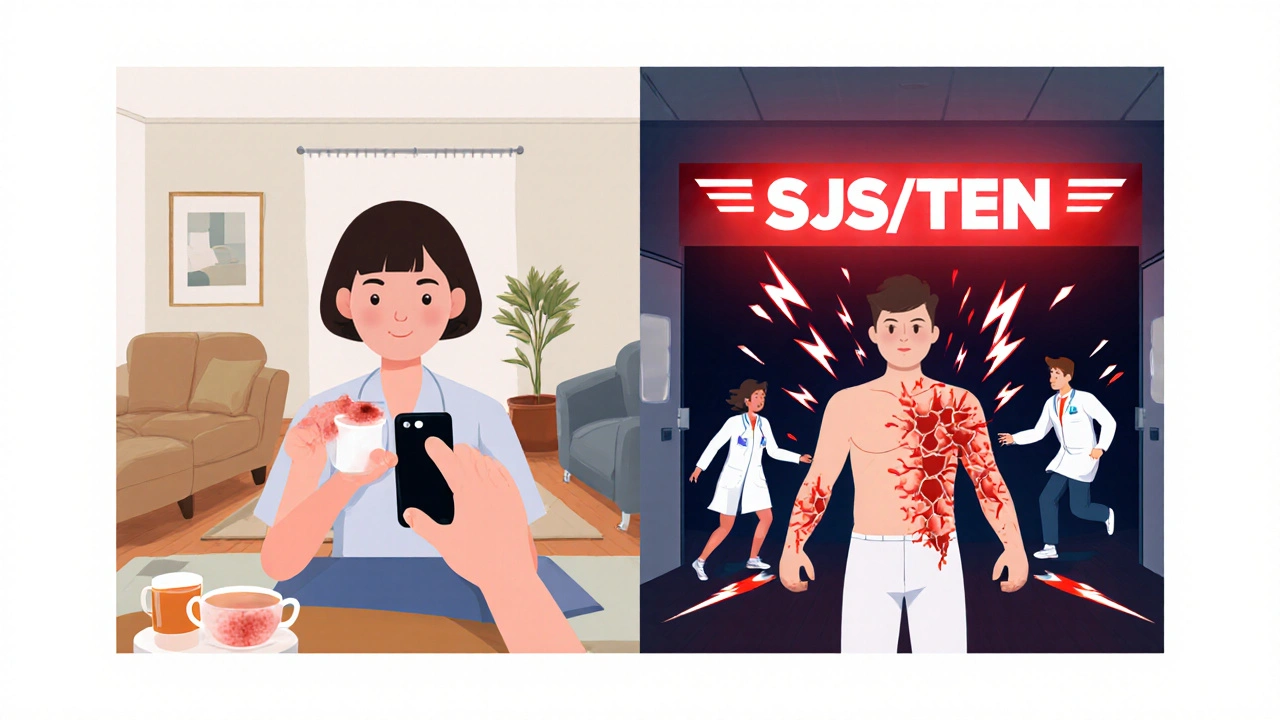
What Should You Do If You Get a Rash?
Don’t panic. But don’t ignore it either.
First: Don’t stop your medication on your own. Especially if it’s for epilepsy, heart disease, or high blood pressure. Stopping suddenly can be deadly. Call your doctor. Take a photo of the rash. Note when it started and what other symptoms you have - fever, swelling, pain, blistering?
If you have trouble breathing, swelling in your face or throat, or skin peeling off - go to the emergency room. These are not things to wait on.
For mild rashes, your doctor might suggest:
- Lukewarm baths with a gentle, fragrance-free cleanser
- Applying a moisturizer within 3 minutes of bathing
- Over-the-counter 1% hydrocortisone cream twice a day
- Antihistamines like cetirizine or loratadine for itching
For more severe cases, you may need prescription steroids like prednisone or topical clobetasol. DRESS and other systemic reactions often require weeks of treatment and hospital monitoring.
How Are Drug Rashes Diagnosed?
There’s no single test. Doctors rely on timing, symptoms, and eliminating other causes. Did the rash start after a new drug? Did it improve after stopping? Are there signs of infection or another condition?
For penicillin allergies, skin testing is now 95% accurate. If you think you’re allergic but never got tested, you might be avoiding a safe, effective antibiotic unnecessarily. About 15% of people who say they’re allergic to penicillin turn out to be fine after testing.
For other drugs, there’s no reliable blood or skin test. Diagnosis is mostly clinical. That’s why doctors often ask you to stop every medication - one at a time - to see which one caused the reaction. It’s slow, frustrating, and sometimes dangerous. But it’s often the only way.

How to Prevent Future Reactions
Once you’ve had a drug rash, you need to be careful. Keep a written list of every medication you’ve reacted to - including the name, the type of rash, and when it happened. Share this with every doctor you see.
Wear a medical alert bracelet if you’ve had a severe reaction. It could save your life in an emergency when you can’t speak for yourself.
Ask your pharmacist or doctor if a new prescription is known to cause skin reactions. If you’re on multiple drugs, ask if any can be switched to lower-risk alternatives.
And if you’re prescribed a drug linked to HLA gene risks - like carbamazepine or allopurinol - ask if genetic testing is available. In Australia, this testing is becoming more common for high-risk patients.
When to Worry: The Red Flags
Not every rash is dangerous. But here’s when to act fast:
- Skin peeling or blisters, especially around the mouth, eyes, or genitals
- Fever over 38°C (100.4°F) with the rash
- Difficulty breathing, swelling of the face or tongue
- Rash spreading rapidly over hours or days
- Painful, widespread redness that feels hot to the touch
If you have any of these, don’t call your doctor - go to the hospital. These are signs of a severe cutaneous adverse reaction (SCAR). Time matters.
Most drug rashes are mild. You’ll feel better in 1 to 2 weeks after stopping the medicine. But the ones you don’t recognize - the ones you ignore - can turn deadly. Pay attention to your skin. It’s telling you something.
Can a drug rash appear weeks after starting a medication?
Yes. While many rashes appear within days, some - like DRESS syndrome - can take 2 to 6 weeks to develop. This is especially true with antiepileptic drugs, allopurinol, and certain antibiotics. If you develop a rash, fever, or swollen glands weeks after starting a new medicine, don’t assume it’s unrelated. Contact your doctor.
Is a drug rash always an allergy?
No. Only about 15% of drug rashes are true allergic reactions. Most are non-allergic - caused by direct irritation, immune system confusion, or photosensitivity. For example, NSAIDs like ibuprofen often cause rashes without involving antibodies. This matters because non-allergic reactions don’t mean you’ll react every time you take the drug - you might tolerate it later under supervision.
Can I take the same drug again if the rash went away?
Never take a drug again that caused a severe rash like SJS, TEN, or DRESS. Even if it cleared up, the risk of a second reaction is extremely high - and often worse. For mild rashes, your doctor might consider a controlled re-exposure, but only after careful evaluation. Never self-test.
Do over-the-counter creams help with drug rashes?
Mild rashes can improve with 1% hydrocortisone cream and moisturizers. But if the rash is widespread, painful, or blistering, OTC creams won’t help - and may delay proper treatment. Never use steroid creams on the face or genitals without a doctor’s advice. They can cause more harm than good if misused.
Are drug rashes more common in older adults?
Yes. People over 65 who take five or more medications have a 35% lifetime risk of developing a drug rash. This is due to polypharmacy, slower drug metabolism, and age-related immune changes. Older adults are also more likely to have hidden conditions like kidney or liver disease that increase drug sensitivity. Always review medications with your doctor regularly.
What Comes Next?
If you’ve had a drug rash, your next step is simple: get it documented. Ask your doctor to add it to your medical record. Keep a personal list. Talk to your pharmacist about alternatives. And if you’re on multiple meds, ask if any can be trimmed - fewer drugs mean fewer risks.
Drug rashes are frustrating, confusing, and often misunderstood. But they’re also preventable. You don’t need to guess whether a rash is dangerous. Learn the signs. Trust your body. And when in doubt - get it checked. Your skin isn’t just a surface. It’s your body’s early warning system.

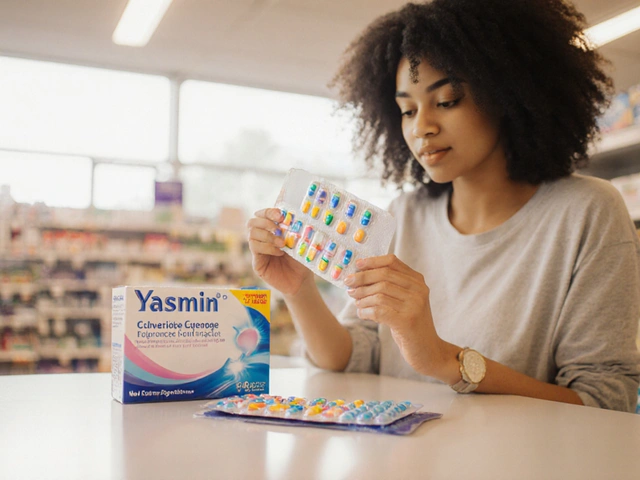
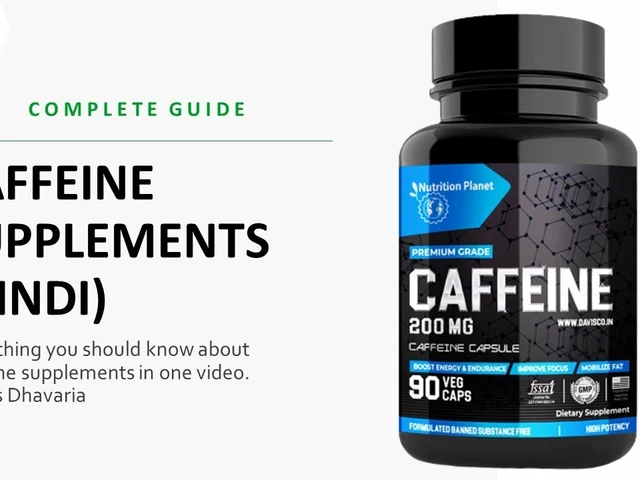
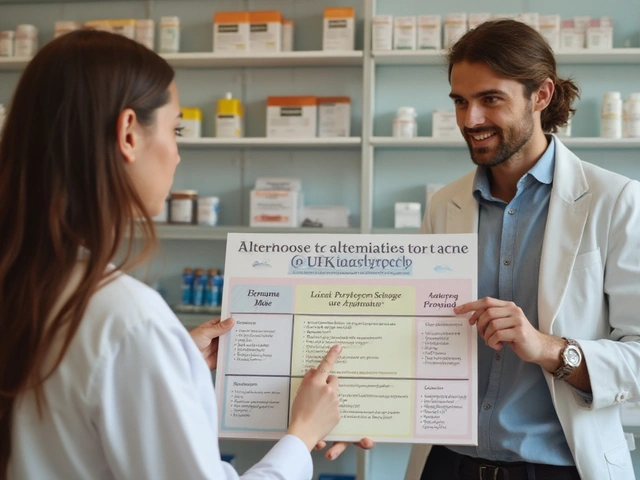
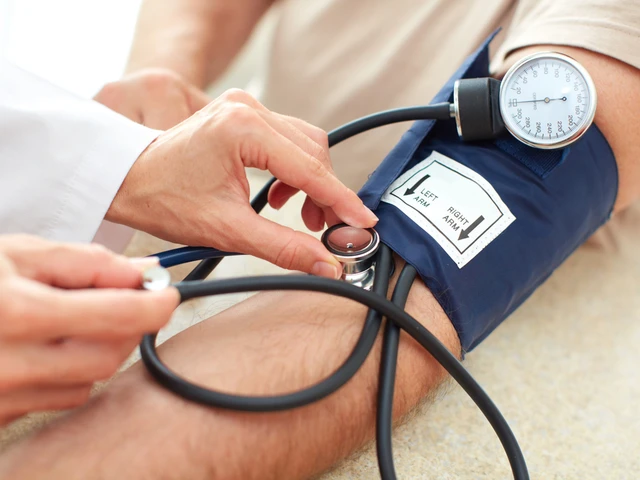

Just had a weird rash after starting amoxicillin last month. Thought it was laundry detergent. Turned out to be a morbilliform reaction. Scary how easy it is to miss. Glad this post exists.
Man i never realized how many meds can mess with your skin. I was on hydrochlorothiazide for years and never thought twice about getting sunburned in june. Now i know it was probably photosensitivity. Also, i always thought hives meant you were allergic to something forever, but turns out it can be one time thing? wild. gotta start paying more attention to my body, honestly. i mean, skin is like the first alarm system, right? why do we treat it like background noise?
My mom got DRESS from carbamazepine and it nearly killed her. She was in the hospital for six weeks. No one connected it to the med at first because it showed up three weeks later. Don't ignore a late rash. Seriously. Even if you feel fine otherwise.
As someone from India where polypharmacy is common among elderly patients, I can confirm that drug rashes are vastly underdiagnosed here. Many patients attribute rashes to heat or diet, especially in rural areas. Genetic testing for HLA-B*5801 before allopurinol use is not yet standard practice, despite high prevalence in South Asian populations. Awareness must improve.
I love how this article doesn't just say 'stop the drug' but actually gives you steps to take. Like, take a photo, note timing, don't panic but don't ignore it. That balance is so important. I used to think if it wasn't life-threatening it wasn't worth mentioning to my doctor. Now I know even mild rashes are data points. And the part about penicillin testing? I'm getting mine tested next week. I've been avoiding penicillin since I was 12 because of a 'rash' that was probably just a virus. Turns out I might have been unnecessarily avoiding a great antibiotic for 20 years.
My sister had a rash after taking sulfa for a UTI. Thought it was just a reaction to the antibiotic. She didn't tell anyone because she was embarrassed. By the time she went to the doctor it was already spreading. She ended up on prednisone for a month. Never again. Always tell your doctor about any new skin thing. Even if it seems dumb.
so like i used to think rashes were just your body being dramatic but now i realize its like your skin is screaming in a language most people dont know how to translate. and its not even always about allergies its like your immune system got confused and started throwing confetti at the wrong party. and the worst part is you might have taken the drug before and it was fine but now your body went full detective mode and decided this time its the culprit. and its not your fault. its just biology being weird. also why dont we have like a rash app where you upload a pic and it tells you if its dangerous or just a fluke. someone make that please.
My brother had a reaction to ibuprofen after years of taking it. No allergy history, no issues before. Turns out it was a chemical sensitivity, not an immune thing. He now uses naproxen instead and it's fine. The key is knowing the difference between allergic and non-allergic. One can be re-tried under supervision, the other can't. This article nailed it.
Document. Everything. Always.
Been on 6 meds for 10 years. Never thought about skin as a warning system. Just figured dry patches were winter. Now I'm looking back at every rash since 2014 and wondering which one was the first red flag. Should've asked more questions. Too late now but I'm updating my med list today. Also, I think I'm gonna get tested for HLA-B*5801 before my next allopurinol refill. Better safe than sorry.
Oh wow. So you mean your skin isn't just decoration? It's actually a biological alarm system? Who knew? I guess all those people who said 'listen to your body' weren't just hippies after all. And here I thought rashes were just fashion statements from your immune system. Next thing you know, they'll tell us our gut is a second brain. I'm just glad I don't take any meds. I'm too cool for pharmaceuticals.